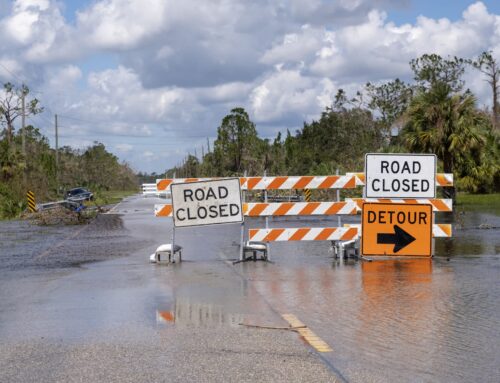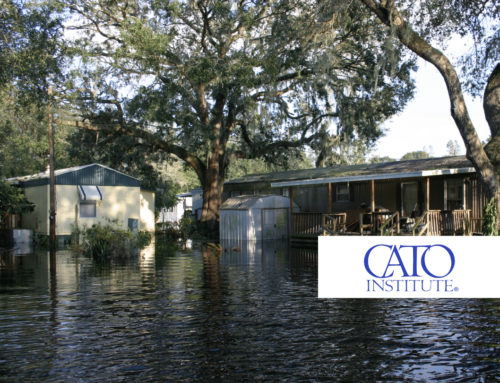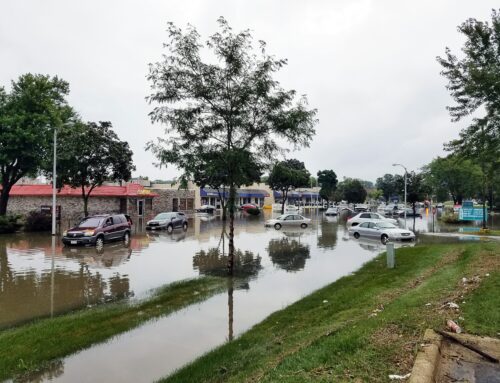Nearly $15 billion in disaster assistance is likely to clear Congress this week.
But with Hurricane Irma projected to hit Florida this weekend that’s not the last we’ll hear of disaster spending these next few weeks. Or a lot of other spending related measures.
The House has already approved $8 billion in disaster assistance. Over in the Senate, Majority Leader McConnell added another $7 billion for rebuilding, a Continuing Resolution to fund government for the next three months, debt ceiling relief for three months, and extended the flood insurance program for three months. That’s right, December has become the new September for legislative work. That doesn’t make things any easier.
Congress still has the Federal Aviation Administration and Children’s Health Insurance Program to reauthorize before the end of the month, so they are not out of the woods yet. And lawmakers representing areas affected by Harvey are arguing for a much bigger disaster assistance package to go with the initial $15 billion. If Hurricane Irma continues its current track to Florida that package is going to grow dramatically.
It’s time to think critically about what disaster spending is needed and how it should be treated in the budget.
There are legitimate, immediate disaster costs that are covered by the Disaster Relief Fund, such as response, assistance to individuals, and debris removal. These funds are available through FEMA as soon as the president declares a “Major Disaster.” For many disasters, the DRF funds are adequate for the federal response.
But after very large disasters like Hurricane Katrina and Superstorm Sandy, subsequent appropriations for recovery have been appropriated. Sandy funding came in one large $50 billion appropriation. Katrina funding came over several years. The federal share of disaster response costs has grown as well, from less than 30 percent after Hurricane Hugo in 1989 to more than 75 percent after Sandy.
This may not be a popular point-of-view to express right now, but the point of federal disaster relief is not to make people, communities, and states whole. It is to help them rebuild. And they should rebuild in a way that “pre-sponds” to future disasters, and helps ensure that those disaster relief dollars don’t need to be spent in the future. Finally, federal funding should only be used for smart rebuilding outside the floodplain or elevated at least two feet above projected future flood levels. Rebuilding smarter and safer must be a part of recovering from a disaster.
Unfortunately, one of the biggest culprits of the lather-rinse-repeat style response to disasters is the National Flood Insurance Program (NFIP).
While a private market is developing, NFIP is one of the few ways people can get flood insurance, but it masks the true cost of risk. A recent Congressional Budget Office report found that 85 percent of the policies in the so-called storm surge or “V” zone were in some form subsidized. Furthermore, the CBO analysis found that the program runs an average loss of $1.4 billion a year, where coastal counties racked up a $1.5 billion deficit while interior counties run a $200 million surplus.
Consequently, repetitive loss properties make up a disproportionate share of the program losses—a trend we can ill afford. This is a program that is nearly $25 billion in debt to taxpayers. And that’s before Harvey hit. If Irma hits Florida, the losses could be staggering. Out of the 5 million insurance policies nationwide, the Sunshine State is home to 1.7 million of them. Those policies cover $423 billion of insured value. Miami-Dade and Broward Counties alone account for nearly 550,000 policies insuring nearly $130 billion worth of property.
Simply put, these are unsustainable numbers, for preventable disasters, and at the taxpayer’s expense. We have no choice but to rethink how we fund disaster recovery.











Get Social